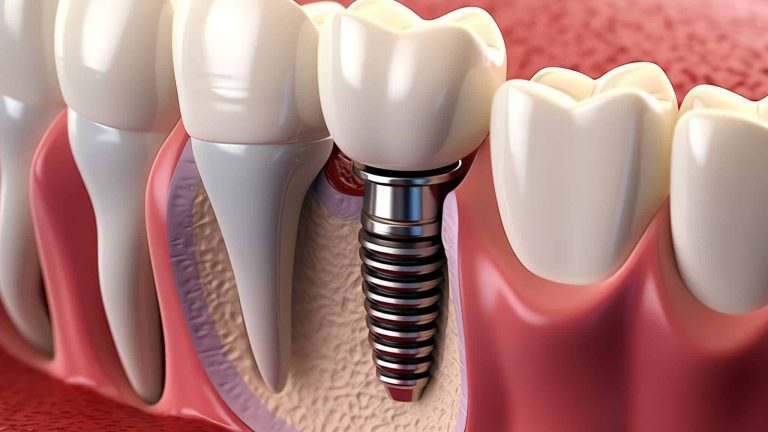Orthodontics is a dental specialty that has become increasingly accessible and popular, thanks to technological advances and growing awareness of the importance of a healthy smile. However, despite its widespread acceptance, many myths and misconceptions persist, which can create doubts or even discourage those considering treatment. This article debunks the most common myths about orthodontics and provides clear information to help you make informed decisions.
Myth 1: Orthodontics Is Only for Children and Teenagers
The Reality
While it is true that most orthodontic treatments begin in childhood or adolescence, adults can also benefit greatly. With the introduction of discreet options like clear aligners and ceramic braces, more and more adults are choosing to correct their smiles.
- Why it matters: Teeth can move at any age, and issues like misaligned bites or crowded teeth do not resolve over time. Orthodontics for adults can also improve overall oral health by making teeth easier to clean and preventing problems like periodontal disease.
Myth 2: Braces Are Painful
The Reality
It is normal to feel some discomfort at the start of treatment or after adjustments, but this does not mean the process is painful. Advances in materials and techniques have made treatments much more comfortable.
- What to expect: The pressure felt at the beginning is a sign that teeth are starting to move. This discomfort is usually mild and subsides within a few days.
Myth 3: Orthodontics Is Only Cosmetic
The Reality
While an attractive smile is one of the most visible benefits of orthodontics, the goals of treatment go far beyond aesthetics. Orthodontics also improves bite functionality, prevents uneven tooth wear, and reduces the risk of problems like temporomandibular joint (TMJ) dysfunction.
- Functional benefits:
- Facilitates chewing.
- Improves pronunciation.
- Reduces the risk of cavities and gum disease by making dental hygiene easier.
Myth 4: Clear Aligners Are Only for Simple Cases
The Reality
Clear aligners, like Invisalign, have significantly advanced and can now treat a wide variety of cases, from moderate crowding to complex bites.
- Cases that can be treated:
- Crossbite.
- Overbite.
- Excessive spacing.
- Severe crowding.
The dentist or orthodontic specialist will evaluate whether aligners are suitable for your specific case.
Myth 5: Metal Braces Are the Only Option
The Reality
Today, patients have multiple options to choose from based on their needs and preferences:
- Ceramic braces: More discreet than metal ones as they blend with the tooth color.
- Clear aligners: Removable and virtually invisible.
- Lingual braces: Placed on the back of the teeth, making them completely invisible from the front.
Myth 6: Orthodontics Is Very Expensive
The Reality
While orthodontic treatments are an investment, there are many financing options and payment plans that make them more accessible. Moreover, the long-term benefits in terms of oral health and personal confidence far outweigh the initial cost.
- Tip: Consult your dentist about financing plans or dental insurance that covers part of the treatment.
Myth 7: Teeth Can Move Back to Their Original Position After Treatment
The Reality
It is true that teeth have a natural tendency to move, but this can be prevented with proper use of retainers after treatment. Retainers help keep teeth in their new position while the surrounding tissues stabilize.
- Types of retainers:
- Removable: Worn at night.
- Fixed: Thin wires bonded to the back of the teeth.
Myth 8: Orthodontics Takes Many Years
The Reality
The duration of treatment depends on the complexity of the case, but technological advances have significantly reduced treatment times. In some cases, treatments can be completed in 12 to 18 months.
- Technologies that speed up the process:
- Self-ligating braces.
- Clear aligners with advanced digital planning.
- Orthodontic acceleration devices.
Myth 9: Braces Stain Teeth
The Reality
Braces themselves do not stain teeth. However, poor oral hygiene during treatment can cause plaque buildup and stains around the braces.
- How to avoid it:
- Brush your teeth after every meal.
- Use mouthwash and orthodontic-specific floss.
- Attend regular dental cleaning appointments.
Myth 10: I Can’t Eat My Favorite Foods with Braces
The Reality
While it is true that you will need to avoid certain hard or sticky foods like candy and nuts, you can still enjoy a wide variety of foods. You just need to adapt your habits:
- Tips:
- Cut foods into small pieces.
- Avoid biting directly into hard fruits like apples.
- Opt for softer options like soups, purees, and yogurts.
Myth 11: Orthodontics Is Only for People with Crooked Teeth
The Reality
Orthodontics addresses a wide range of issues beyond crooked teeth:
- Misaligned bites (overbite, open bite, crossbite).
- Excessive spacing or crowding.
- Functional problems affecting chewing and speech.
Myth 12: I Can Do Orthodontics at Home with Online Kits
The Reality
While some at-home aligner kits are marketed as a cheaper alternative, they lack professional supervision, which can lead to unsatisfactory results or even damage to teeth and gums.
- Why to avoid it:
- The lack of proper diagnosis can worsen existing problems.
- There is no control over progress or personalized adjustments.
It is always best to trust a certified orthodontist to ensure safe and effective treatment.
Conclusion
Orthodontics is much more than a cosmetic treatment; it is an investment in your oral health and overall well-being. By debunking these myths, it is clear that technological advances and available options make orthodontics more accessible, comfortable, and effective than ever. If you are considering treatment, consult a certified orthodontist for personalized guidance and to make the best decision for your smile.




